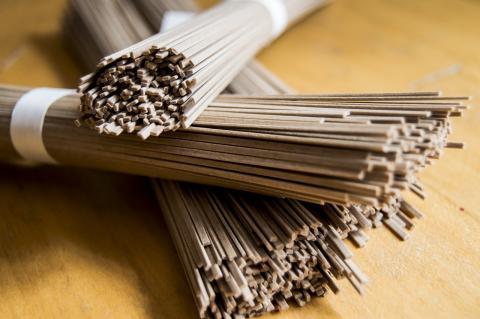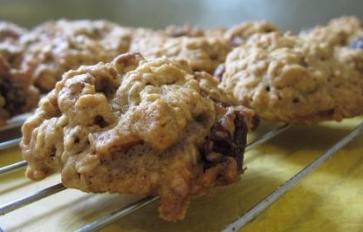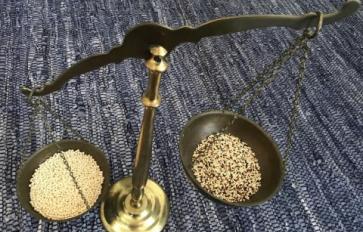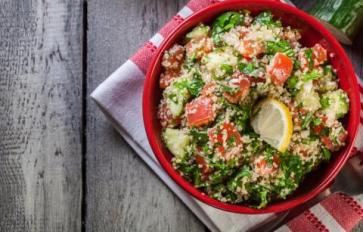
Pasta continues to get a lot of flack from the healthy-living community. Diet trends teach us to nay-say carbs and gluten, and research shows that enriched white and semolina pastas contain little-to-no nutrients. Here to fight the anti-pasta movement, however, is a new generation of whole-grain and rice pastas that are breaking the pasta mold. In fact, recent studies from the American Journal of Clinical Nutrition and Journal of the American College of Cardiology show that consuming whole grains can actually help lower the risk of heart disease. So, before you cut pasta out of your diet completely, check out these five options—all of which can accommodate a variety of dietary needs and satisfy the pasta lover in all of us.
Whole-Wheat Pasta: Compared to its white-pasta counterpart, whole-wheat pasta offers a higher protein and fiber count. This is because the flour in the pasta is left whole instead of being stripped down during the milling process. It stands out because of its nuttier flavor that mixes well with heartier sauces.
Spelt Pasta: Made from the whole grain spelt, spelt pastas also pack a powerful a fiber- and protein-filled punch. An ancient variety of wheat, spelt can be easier to digest than its modern wheat counterpart, and like whole-wheat pasta, it has a nuttier flavor. (Note: When buying spelt pasta, make sure to check the label to see that the pasta is being made from the whole grain, as some versions of spelt pasta are made from refined spelt. Whole grains are more complete, and therefore provide more nutrients to the body.)
Brown Rice Pasta: A perfect pasta option for those who have gluten restrictions in their diet, brown rice pasta is also high in protein and fiber. Even better, its mild flavor and longer cooking time make it an ideal option for cooking newbies who tend to overcook their food. (Note: This is not the case for Asian rice noodles, which cook very quickly and can become mushy.)
Quinoa Pasta: Another ideal option for gluten-free eaters, quinoa pasta has a stronger flavor and chewier texture than brown rice pasta. Quinoa pasta makes a good substitute for pasta salads and other pasta side dishes since the pasta itself is more durable and more likely to retain its form.
Buckwheat Pasta: The other member of the gluten-free pasta family is the buckwheat noodle, which is usually made from 100 percent buckwheat. Its toasty flavor makes it a good option for stir-fries, noodle soups and salads. (Note: If you’re eating gluten free, make sure to read the label because some buckwheat pastas can contain wheat flour).







